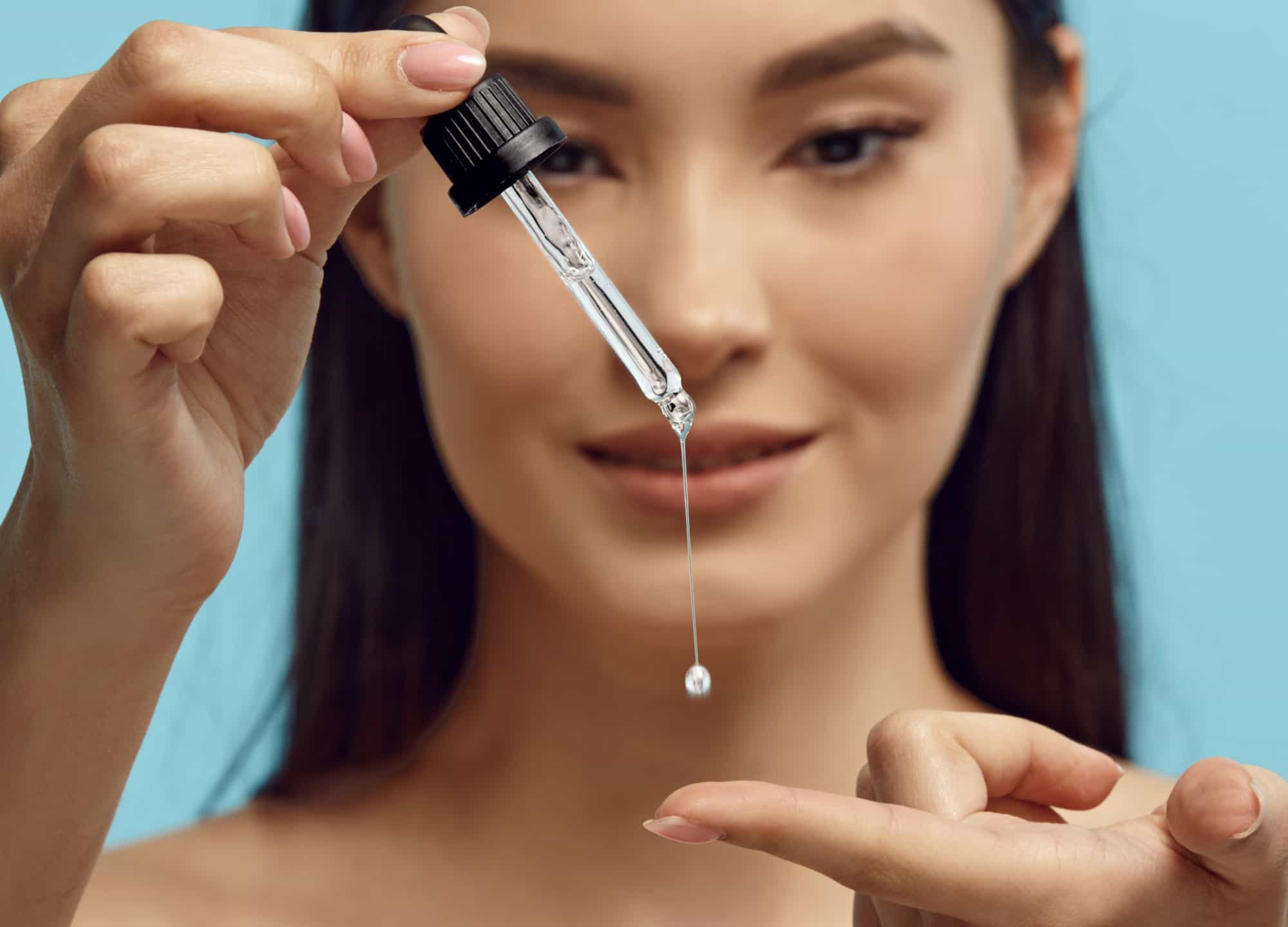Featured Experts
Dr. Diane Madfes, a board-certified dermatologist in New York City
Dr. Omar Ibrahim, a board-certified dermatologist in Chicago
Dr. Robyn Gmyrek, a board-certified dermatologist in New York City
Growth factors aren’t exactly the new kids on the skin-care block, but there has been an increased and renewed interest in these actives as of late. Perhaps that’s because exosomes, which contain growth factors, are more popular than ever. Or maybe it’s due to our continued, collective quest for an anti-aging magic bullet. Regardless, growth factors are having a moment.
But do they, in fact, deliver on all their youth-boosting promises? And with so many different types of growth factor skin-care products out there, how do you know which one to choose? We asked top dermatologists to weigh in on everything there is to know about these promisingly powerful molecules and explain what they can actually do. Ahead, the doctors’ take, plus a list of the growth factor products worth the spend.
What are growth factors?
Growth factors are proteins that act as signaling molecules for different pathways in the skin, explains Dr. Diane Madfes, a board-certified dermatologist in New York City. They communicate and send messages to various cells and regulate all kinds of processes, including cellular development, repair, division, and differentiation, adds Dr. Omar Ibrahim, a board-certified dermatologist in Chicago. They’re particularly beneficial for wound healing, which is where a lot of the initial research surrounding growth factors began, he notes. But that’s since migrated to the skin-care space, with multiple companies attempting to harness and translate the benefits of growth factors into topical products, Dr. Ibrahim adds.
What can growth factors do for your skin?
As pertains to skin care, there are two specific types of growth factors that have been shown to be most effective—epidermal growth factor (EGF) and fibroblast growth factor (FGF). “These can stimulate collagen synthesis, improve elasticity, and promote skin cell proliferation, leading to a more youthful appearance with fewer wrinkles and improved texture,” explains Dr. Robyn Gmyrek, a board-certified dermatologist in New York City. In short, they’re a multiply beneficial anti-aging ingredient—and one typically very well tolerated, at that.
So who should be using them? While they’re beneficial across the board, Dr. Madfes says she really likes them for a slightly older demographic. “I love growth factors for women who are perimenopausal or in their mid-40s, when collagen and elastin production are really starting to slow down and you need something that can help boost those pathways,” she explains. Dr. Ibrahim agrees that they’re not necessarily a universal must-have: “I tell patients to stick with the basics, retinoids and sunscreen. Then, if you have room in your budget, you can add a growth factor.”
Where do growth factors come from?
Some skin-care products do use human-derived growth factors, although, according to Dr. Ibrahim, these are less common. The majority of topical products use either recombinant growth factors (a fancy way of saying they’re made in a lab) or plant-derived ones, he says. There are also growth factors derived from animals, including cows, pigs, and even snails. Which ones are best? There’s no clear winner. “There have been studies conducted on all types, but there’s never been any head-to-head comparison among them,” says Dr. Ibrahim.
Growth factors are often incorporated in minimally invasive procedures
Here’s the big caveat: “Topical growth factors are very large molecules that don’t penetrate the skin barrier,” Dr. Gmyrek points out. That’s why growth factors are often used after laser or microneedling treatments, when the outer layer of the skin is compromised and they’re better able to penetrate, Dr. Ibrahim adds. Both he and Dr. Gmyrek note that utilizing platelet-rich plasma (PRP)—either via injections or in combination with microneedling—is one of the most effective ways to ensure growth factors can actually get into your skin, as PRP contains several different kinds.
How to choose growth factor skin-care products
If the thought of using animal-derived growth factors makes you squeamish, pick an option that contains plant-derived ones. And as is the case with any skin-care active, lightweight serums will both absorb better and contain higher concentrations of the ingredient than will richer creams, says Dr. Ibrahim.
Besides that, all the dermatologists we spoke with underscore the importance of seeking out products that have been clinically studied. And while you can look for studies on a specific growth factor, Dr. Gmryek calls out that it’s more important to make sure the final product itself has been studied. Just because a type of growth factor works in a clinical study doesn’t mean it will work when it’s formulated into a retail product, she says, noting that additional ingredients in the mix (preservatives, oils, and the like) can end up destabilizing growth factors and rendering them inactive.
And just FYI, be prepared to fork over big bucks. Growth factors do come with a higher price tag, says Dr. Ibrahim, who adds that it’s not out of the ordinary to spend up to a few hundred dollars on a growth factor product. Anything less expensive is likely not going to be effective.
The best growth factor products
SkinMedica TNS+ Advanced Serum ($295)
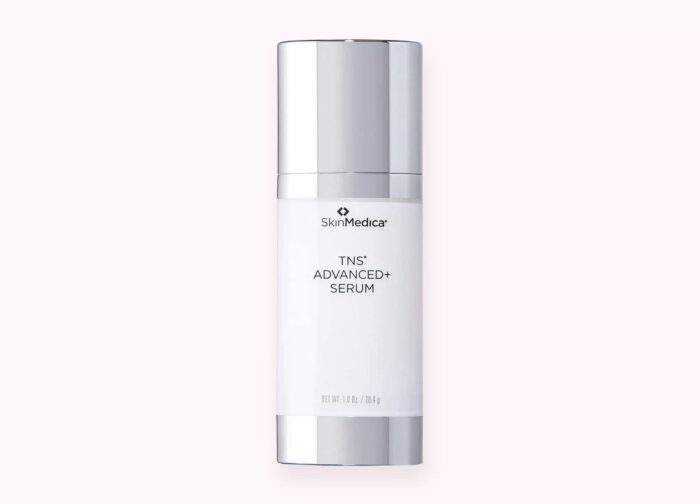
Dr. Ibrahim calls this serum “the mother of all growth factor skin-care products.” Indeed, the cult classic has long been beloved by derms. The growth factors used are human-derived, however.
Biopelle Tensage Daily Serum ($136)
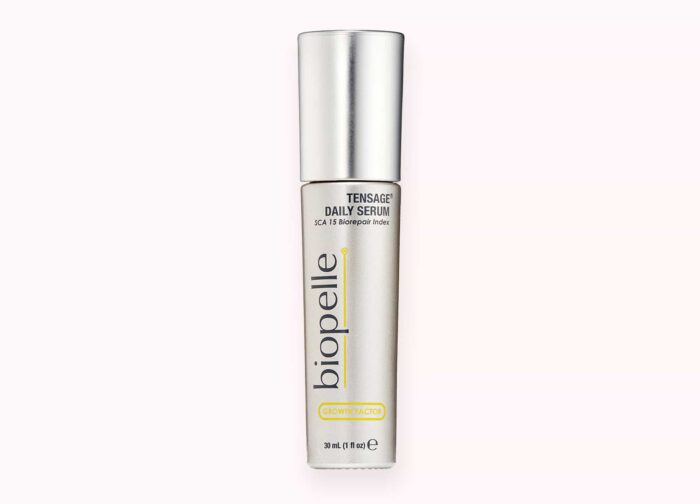
Dr. Madfes puts this on her list of recommended growth factor skin care. Along with growth factors that come from snail secretions, it also boasts a list of tried-and-true anti-aging actives: vitamin C, niacinamide, and hyaluronic acid.
Dr. Diamond’s Metacine Instafacial Plasma ($200)
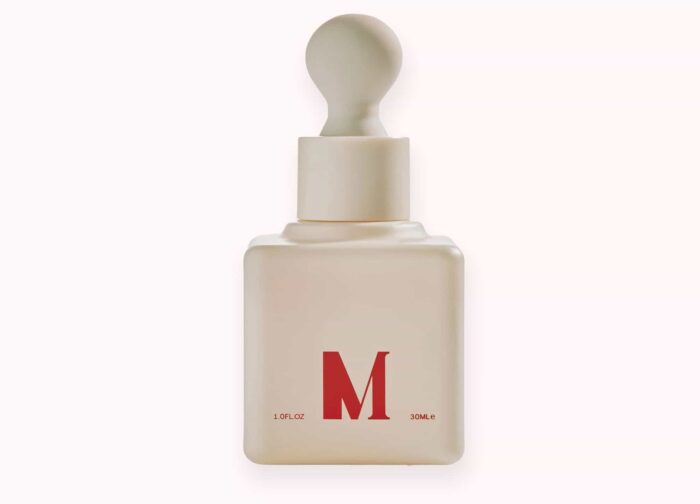
When a top plastic surgeon creates a skin-care line, you know it’s going to be legit—and that’s exactly the case here. Created by Dr. Jason Diamond, a board-certified plastic facial surgeon in Beverly Hills, California, this serum relies on a lab-made growth factor that’s made to mimic the effects of PRP—no blood draws or needles required. Benefits include firmer, tighter, and generally more rejuvenated skin.
ZO Skin Health Growth Factor Eye Serum ($130)
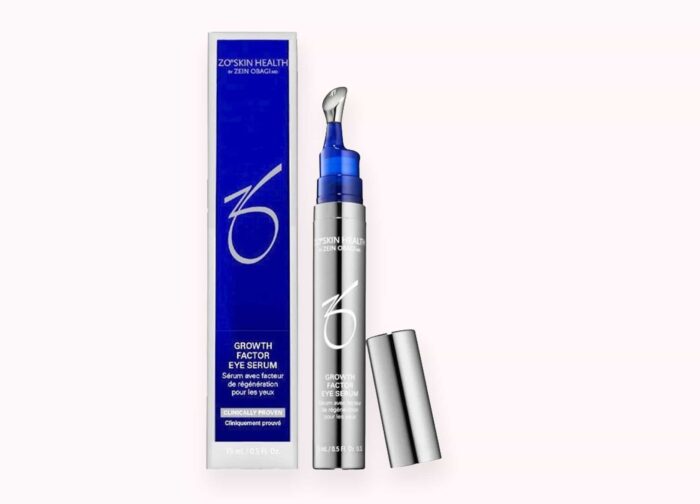
Dr. Madfes is a fan of this line, lauding its use of plant-derived growth factors. They’re the star of the show in this lightweight eye serum, which also contains a line-smoothing peptide and skin-plumping hyaluronic acid.
Plated Skin Science INTENSE Serum ($258)
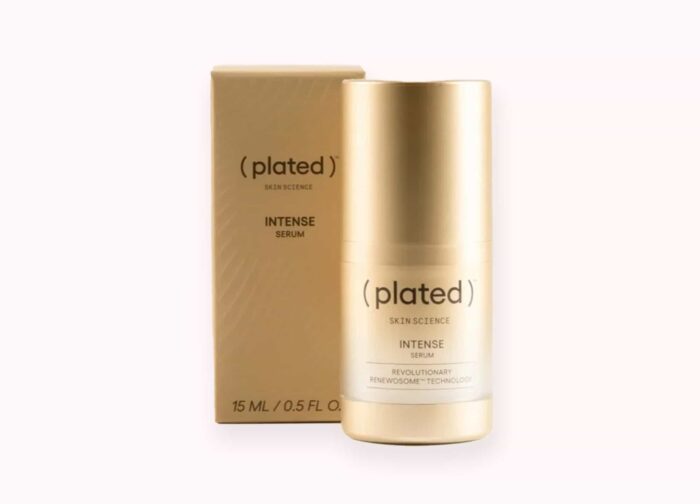
This is another of Dr. Madfes picks; she calls out that the growth factors are derived from platelets. Why does that matter? Platelet-derived growth factors not only help with cellular repair and trigger the formation of new blood vessels, but they also stimulate the release of other growth factors, notes Dr. Ibrahim.
Bioeffect EGF Power Serum ($219)
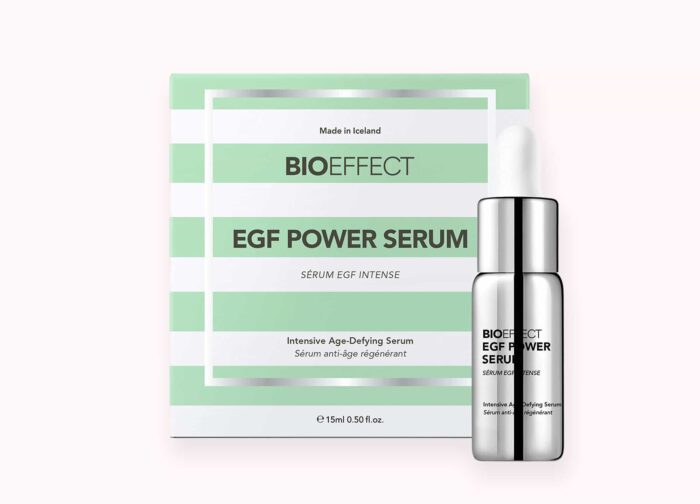
Another good pick for those who prefer plant-based growth factors, this serum relies on two different ones—an epidermal growth factor and keratinocyte growth factor—to help improve texture, tone, the appearance of wrinkles, dark spots, you name it.







